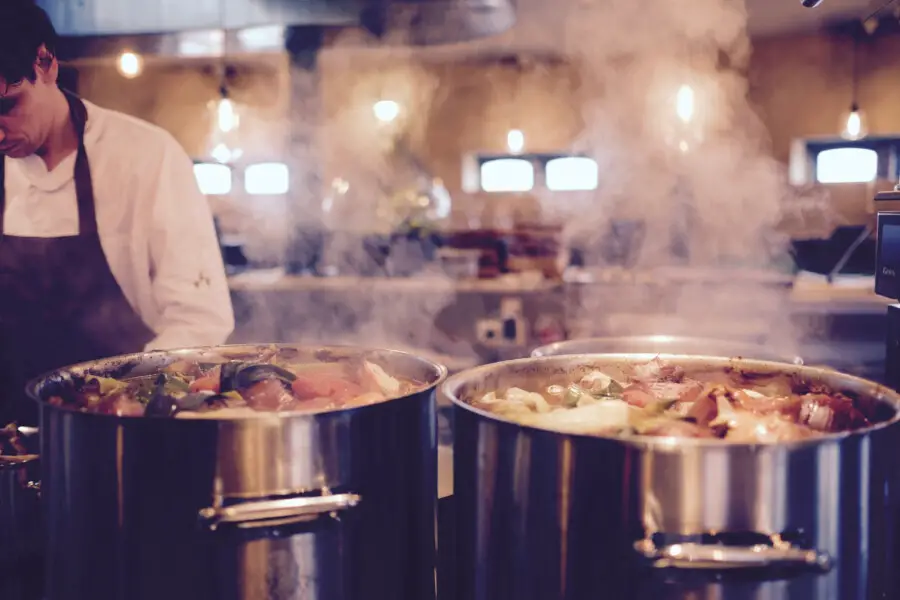
The old traditions of cooking still have an influence on modern-day cooking. Food is meant to be enjoyed, and to enjoy food proper preparation has to be done.
As there are various aspects of preparation of food, broths are one of the aspects. The enhancement of flavors derived from stocks is so delicious.
Butchers set aside meat bones, particularly, veal or chicken — for the making of broths. They know their importance in culinary. Bones contain nutrients and flavors. Their use has been ascertained as a base for making soup, stews, sauces, etc.
Direct Stock: Deriving direct stock from cooking involves dishes that you start out cooking with meat. For instance, if you are making beef goulash, you will have raw beef cut into chunks, together with other ingredients in the pot, and water added.
When cooking, the beef among the ingredients becomes the means of direct stock in your cooking.
Indirect Stock: Indirect stock is a procedure for making a dish in which you will have to add already-made stock into your cooking.
Forms Of Stocks: The importance of broths has led to the production of them for commercial purposes. Aside from liquid stocks, broths can be found in powdered forms.
I will state procedures to take when making a plain stock and I will explain procedures to make a brown stock.
The difference will be, that if it is a plain broth, made from veal bones, the bones will not be roasted. Vegetables that will go into the stock will not be cooked until it turns brown. Also, you will not need tomato paste.
So, for the brown stock, we will need onions, carrots, celery, parsley and bay leaves. Onions, carrots, celery, and parsley have to be cut into big chunks and set them aside.
Set your oven to 240 degrees Celsius, and allow it to preheat. While the oven is preheating, apply some tomato paste on the veal bones and arrange them into an oven tray.
When the oven has preheated for about 20 – 30 minutes, send the bones into the oven. Keep checking the oven at every 10-minute interval, and turn the bones with a spatula so they can have a brown roast evenly. When the bones are properly roasted, keep them aside.
Now, light the burner and place the stock pot on it. Add some oil to it. Allow it to get very hot. Note that the oil has to be very hot so when you add the vegetable, it will enable it to cook to a brown colour.
Keep stirring the vegetables every 5-minute intervals until the vegetables within are properly cooked into a brown color. Ensure that the vegetables do not get burnt. When the vegetable within has turned brown, add the roasted bones.
After adding the bones, the next will be to add water, though this will depend on the quantity of the bones and vegetables in the pot. Add water to get above the level of the content in the pot. Add tomato paste, and stir the content in the pot with a cooking spoon to enable the content inside the pot to mix thoroughly.
Bring to a boil. When the stock starts boiling, lower the heat/burner so the broth will cook gently to a reduced level. When the stock has reduced to the desired level, strain it into a bowl. Allow it to cool down. When the broth has cooled down, store it in the refrigerator for usage.
This procedure is for bulk cooking, but this is to let you know how the cooking procedure will be.
Conclusion: AS a chef, I can tell how vital broth can be in the kitchen. We take so much time to prepare this item because it is vital for the enhancement it provides in dishes they are used for.
It is part of the plans chefs carry out in any commercial kitchens. For a broth that will be made from scratch, the chef will speak to the butchery section to make arrangements for bones which will be used for stock cooking.
Attention chefs give to stock making will reflect in those delicious meals served to guests or customers who visit the restaurant.
